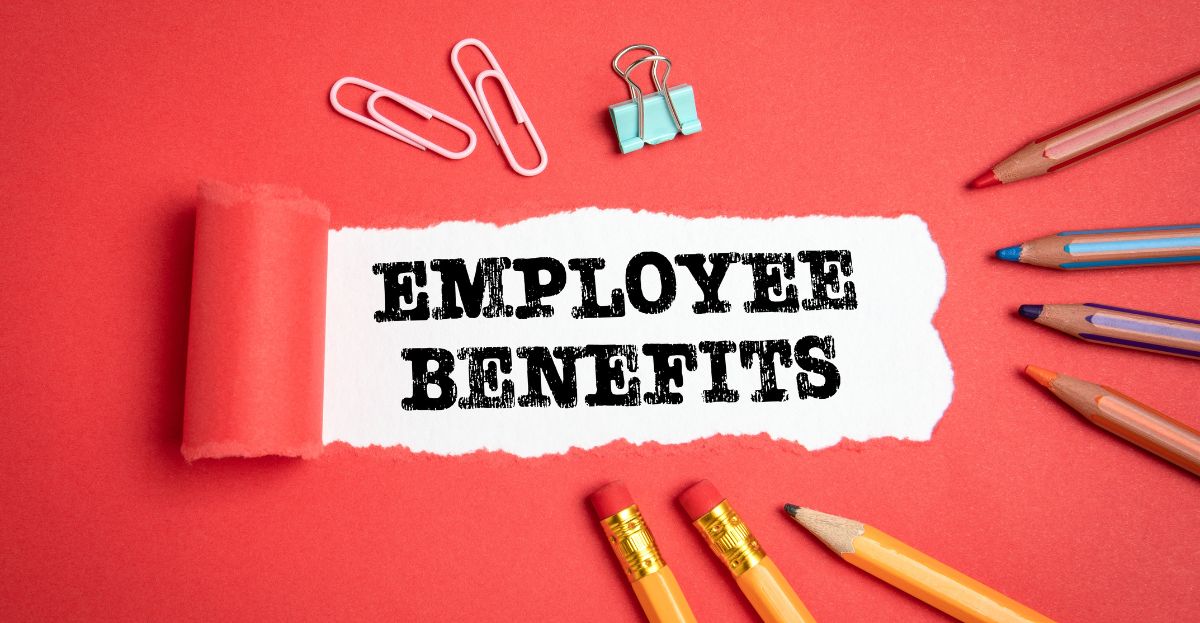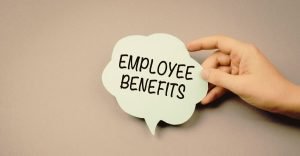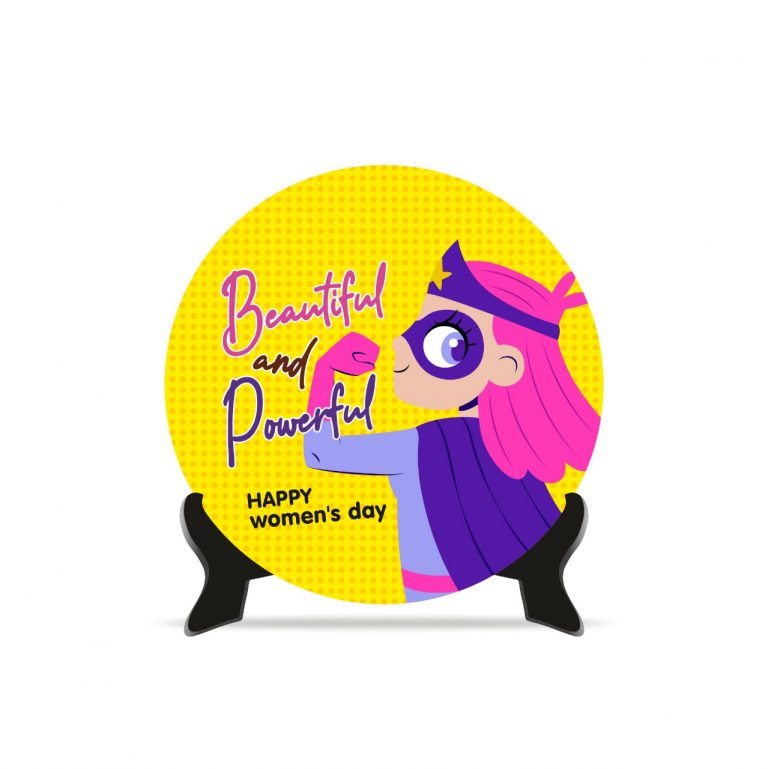With a competitive labor market, benefits are essential to recruiting and retaining the top talent. In fact, most employees would prefer a job with benefits over a job with a higher salary and no benefits.
But offering benefits isn’t enough. If employees don’t understand what’s offered, they may not make the best choice – and they have less satisfaction with their employer.
Benefits are an important part of being a preferred employer, but you have to take the next step in developing a benefits literacy plan that positions your employees for success – both now and in the future. Here’s how.
Defining Your Target Audience
Before you can design a benefits literacy plan for your employees, you need to understand your audience and what they need.
Workplaces are multi-generational, with the oldest workers in the Silent Generation and the youngest in Generation Z. Employees in different life stages want different things from their benefits, which is why customized benefits are generally the best option.
It’s best to approach employee benefits with different employee personas, based on your employees’ circumstances, what motivates them, and how you can best engage with them. These personas should include key demographics and characteristics, including name, age, relationship status, income, and role at the company.
From there, each goal should be tailored to the audience and their unique lifestyle needs. It’s important to understand the differences these generations have, including differences in knowledge related to employee benefits and any limitations in available resources for remote or hybrid employees.
Assess Your Current Level of Benefits Literacy
Some employees may need education on different aspects of the benefits package. For example, Gen Z employees, the youngest in the workforce, may not understand the complex language and plan differences with healthcare. Wealth protection benefits, such as a 401(k) plan, may not be on their radar because retirement is so far off.
You can only address these literacy gaps if you know what they are. One of the best ways to get this information is with employee surveys. Many people are more comfortable speaking candidly on a survey instead of in a group or forum, giving you insights into the specific areas of benefits understanding your employees struggle with.
Once you have this information, you can identify the biggest gaps in benefits literacy and plan your literacy strategy around illuminating them.
Challenges to Consider When Explaining Benefits Programs
There are many challenges that employees face with benefits literacy. The primary one is insufficient access to educational resources, especially with younger generations. High school and college don’t educate students on employee benefits, so many enter the workforce without a full understanding of healthcare plans, life insurance, disability insurance, or retirement plans like 401(k). This leaves them unsure of how to choose the appropriate plans for their needs and lifestyle, often leaving them to choose the “safest” option.
On top of that, the complexity of health insurance, life insurance, and other benefits makes it more difficult for some people to grasp. All the jargon and legalese is a significant barrier to fully understanding how to compare plans or choose the right option.
Employees may also misinterpret rules, regulations, or guidelines. Whether it’s from research on the internet or common misconceptions, employees who don’t understand these intricacies aren’t in the position to make an informed decision.
Related Posts
With remote and hybrid teams, these challenges are amplified. Employees are less engaged because they’re not physically in the office, leaving them behind in benefits education. They don’t have an opportunity for one-to-one interactions or benefits education meetings.
Employers can overcome these challenges, but many leave employees to figure out benefits on their own. While it’s empowering for employees to have an active role in their benefits education, it’s important for employers to provide the necessary resources and tools to set them up for success.
Adopt the Right Engagement Strategy
Your benefits literacy program should be modeled on marketing strategy – the goal being to communicate value to employees as part of the package. When you focus your strategy and resources around benefits education with a marketing perspective, you can establish consistent connections throughout the year using a variety of communication mediums.
Consider your benefits education a rolling campaign. Schedule communications to be consistent and expected – not just during open enrollment. Let employees know when they can expect to receive benefits information but keep the door open if they need more assistance.
With a multi-generational workforces, it’s best to use different communication channels to get their attention and maintain engagement with benefits communication. Different generations prefer different communication styles, especially in the workplace, so use a combination of email, messaging, face-to-face meetings, and archived resources.
Because benefits complexity is a barrier to learning, using real-life examples in context help employees better understand how their benefits decisions fit into their everyday lives. It makes the experience personal and relevant for messaging that’s more impactful.
A benefits technology platform can be helpful for automating tasks, streamlining the process, and giving employees a single portal for information and enrollment. Some platforms also offer comparison tools that allow employees to explore options for plans, coverage, carriers, and more, so they can make an informed decision.
Evaluate Employee Feedback
Employee feedback is essential, both before and during the benefits literacy process. You can more about what your employees need and what challenges they face in the benefits enrollment process.
You have several options to request feedback, including surveys, one-to-one interviews, and focus groups. Using focus groups can give you a lot of insights from open discussion, though it’s important to include a diverse cross-section of your employee base and encourage them to share questions and opinions.
Help Your Employees Succeed with Benefits Education
Valuable benefits packages are essential to attracting the top talent in a competitive labor market, but your employees can’t get the most out of them if they don’t have the necessary education. With a benefits literacy plan, you can help your employees succeed and ensure that they get the most out of your benefits packages.










